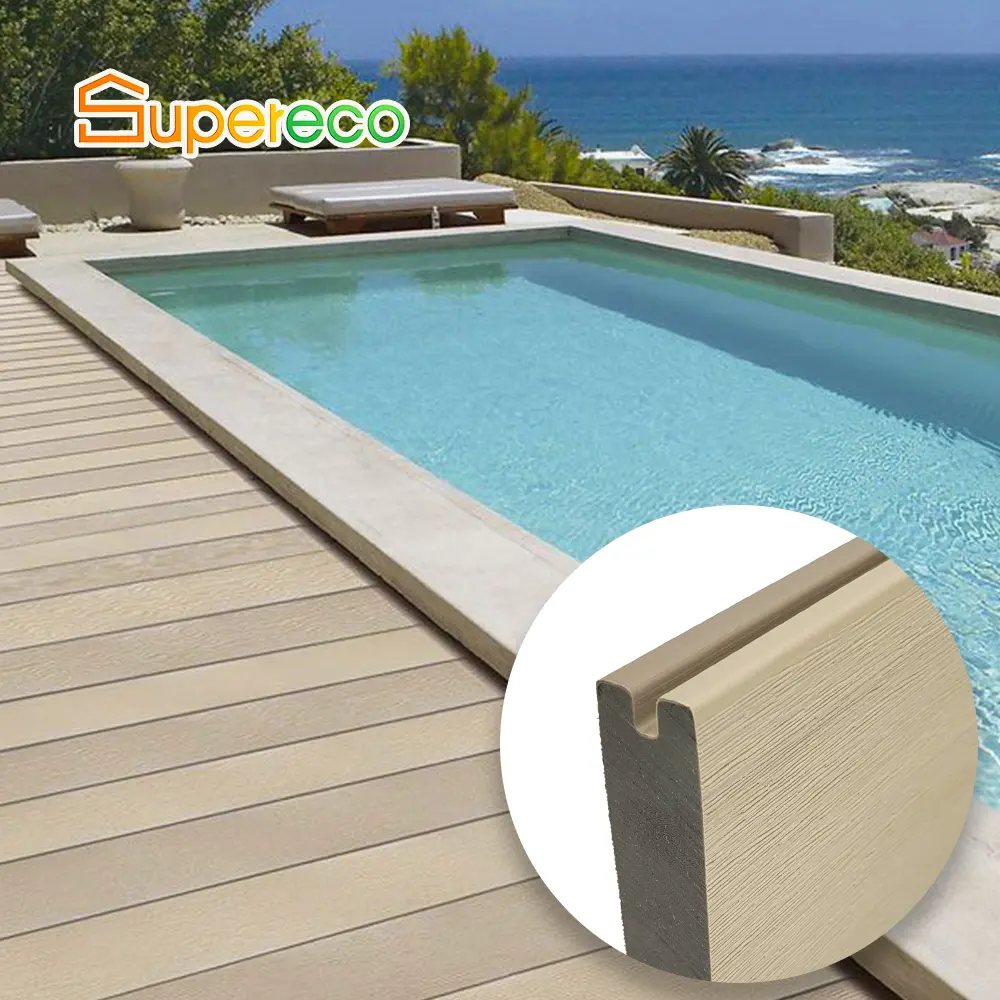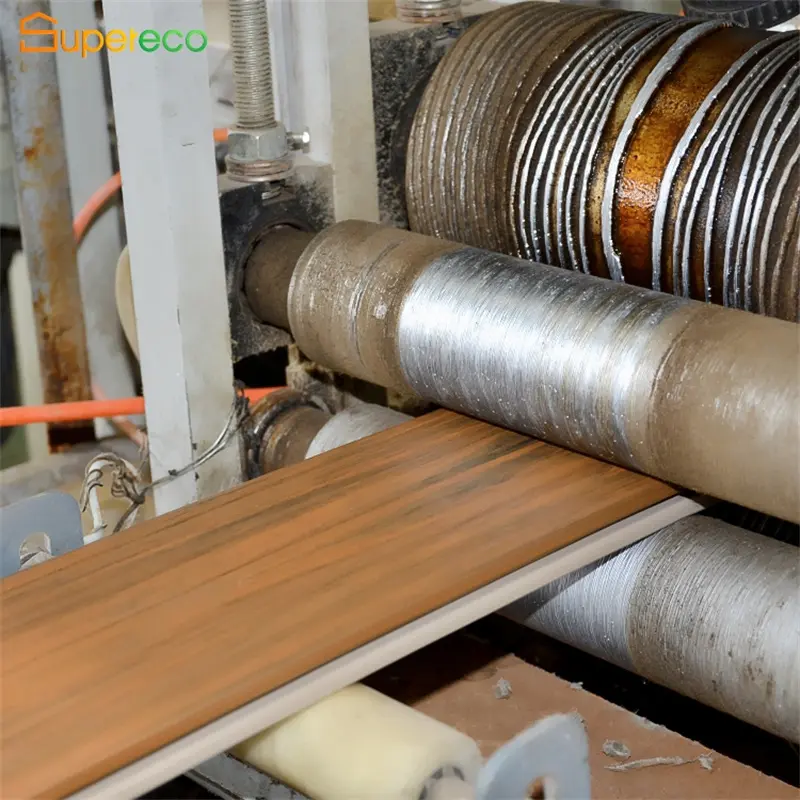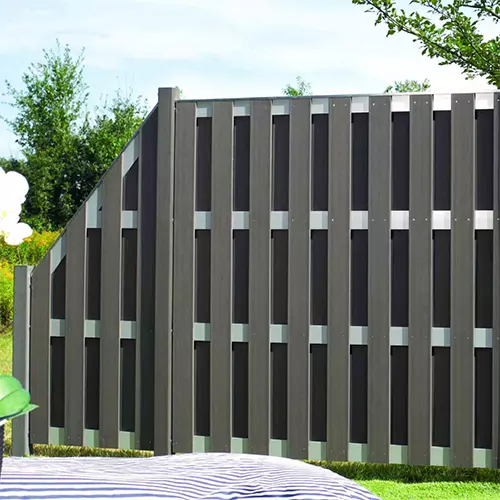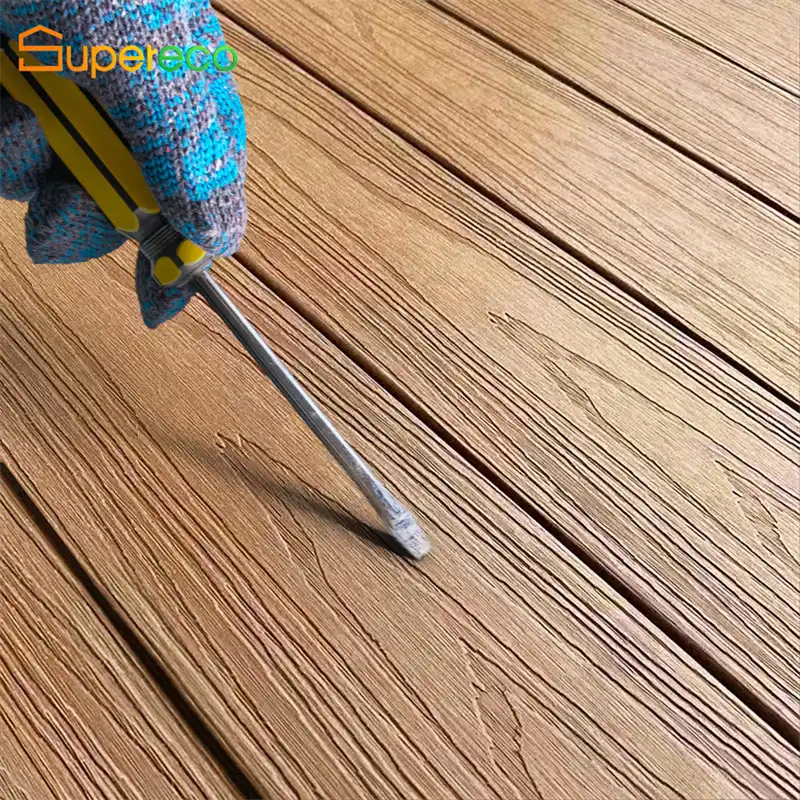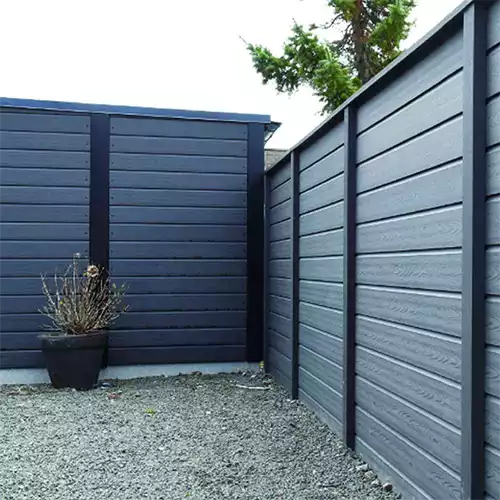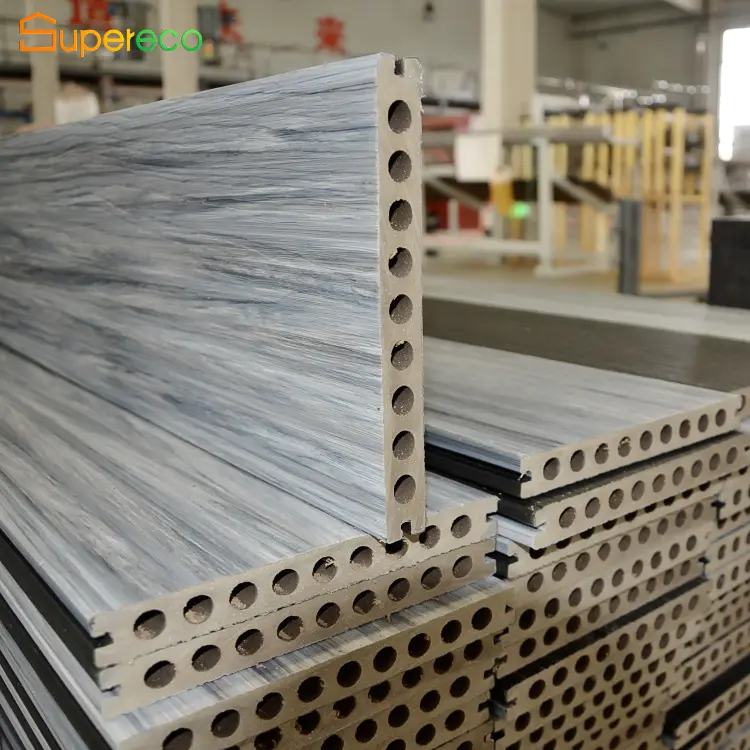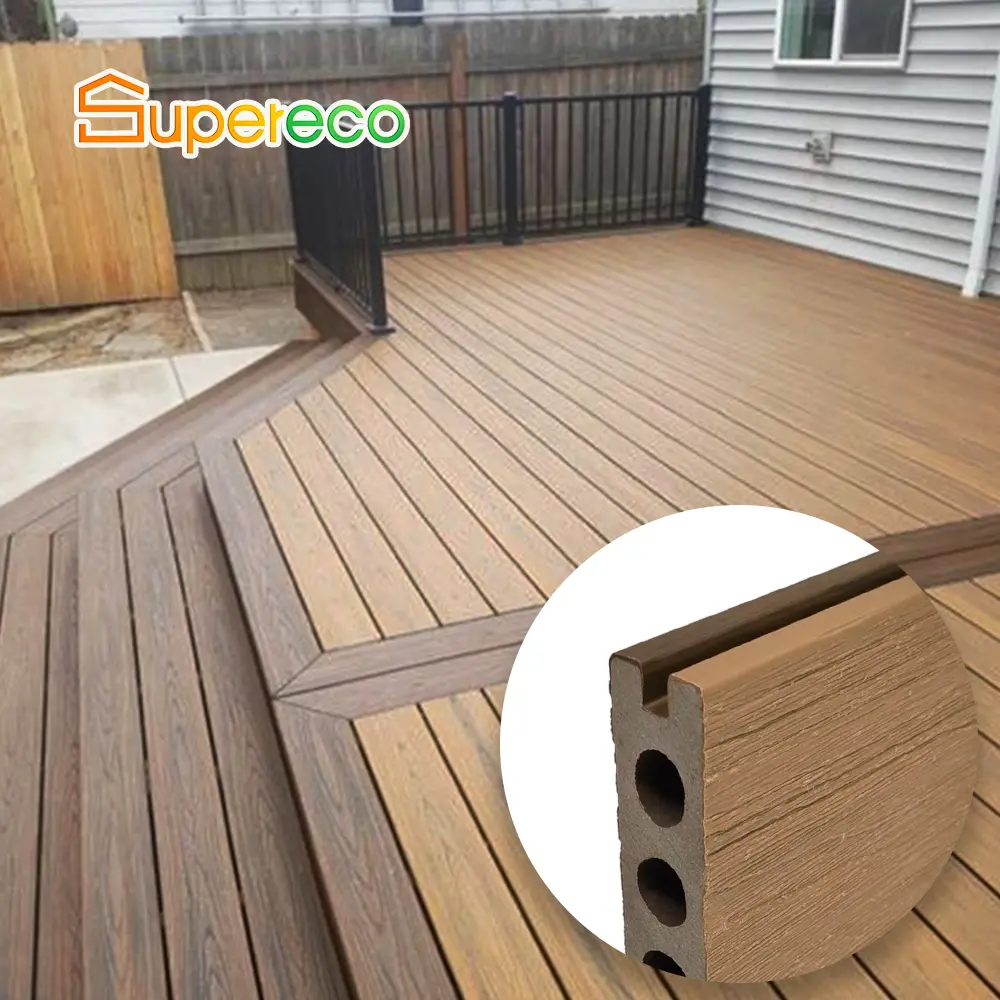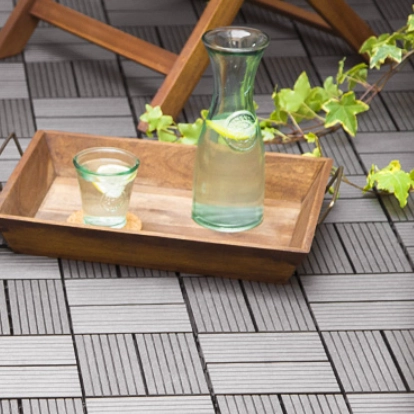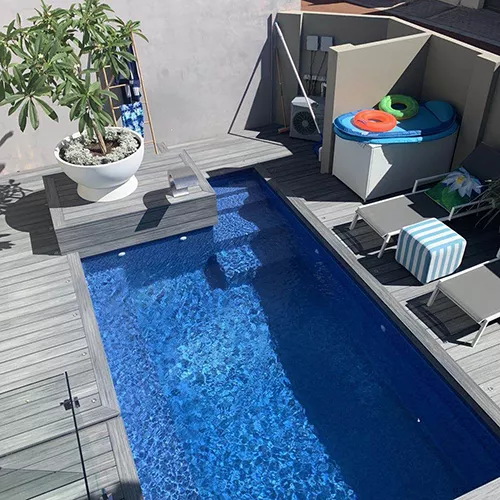What is the Key Features of Co-Extrusion WPC Decking?
Co-extrusion WPC (Wood-Plastic Composite) decking is an advanced material that offers the perfect combination of natural wood aesthetics and the durability of synthetic materials. Unlike traditional WPC decking, co-extruded decking has a protective outer layer that enhances its performance and longevity. Below are the key features of co-extrusion WPC decking, including its enhanced durability and strength, UV resistance and fade protection, slip resistance and safety, and weather resistance. Enhanced Durability and Strength of WPC Decking Co-extrusion WPC decking boasts superior durability and strength compared to standard WPC decking. The outer layer, typically made from a durable polymer material, acts as a shield, providing enhanced protection against wear and tear. This added layer makes the decking resistant to scratches, stains, and impacts, ensuring it retains its quality over time. Key aspects of durability and strength: Improved Surface Protection: The co-extrusion process bonds the wood fibers with a layer of high-performance plastic, significantly improving resistance to physical damage.Increased Load-Bearing Capacity: Co-extruded decking is stronger and more rigid than non-co-extruded alternatives, making it suitable for heavy foot traffic and outdoor furniture placement.Resistance to Fading and Cracking: The protective outer layer prevents the decking from cracking or fading due to extended use, keeping it looking new for longer.With its enhanced strength, co-extrusion WPC decking is a long-lasting solution for both residential and commercial outdoor spaces. UV Resistance and Fade Protection of WPC Decking One of the standout features of co-extrusion WPC decking is its UV resistance and fade protection. The outer layer of the decking material is specially designed to block UV rays, which can cause traditional wood or non-co-extruded composite decking to fade, discolor, or degrade over time. Key benefits of UV resistance and fade protection: Maintains Color Integrity: The UV-resistant coating helps the decking retain its original color, even after years of sun exposure.Prevents Degradation: UV rays can break down the fibers of decking materials, leading to weakening and cracking. Co-extruded decking is more resistant to this type of damage, ensuring greater longevity.Low Maintenance: Because of its resistance to fading, co-extruded decking requires less frequent cleaning and refinishing, saving time and money in the long term.With its ability to resist fading and discoloration, co-extrusion WPC decking keeps outdoor spaces looking vibrant and well-maintained for years. Slip Resistance and Safety of WPC Decking Slip resistance is a critical feature of co-extrusion WPC decking, making it a safe choice for outdoor spaces, especially around pools, patios, and other wet areas. The surface of co-extruded decking is engineered to provide a non-slip texture, even when wet, reducing the risk of slips and falls. Key aspects of slip resistance and safety: Textured Surface: The outer layer is often embossed with a textured finish, creating additional grip underfoot, which is ideal for high-traffic or wet areas.Safe for Families and Pets: The non-slip properties make co-extruded decking a safer choice for homes with children or pets who may be more prone to accidents.Comfortable Walking Surface: The slip-resistant surface also makes the decking more comfortable to walk on, even during rainy conditions or after cleaning.This feature ensures that your decking not only looks great but also provides a safe, secure surface for family and friends to enjoy year-round. Weather Resistance (Rain, Snow, Humidity) of WPC Decking Co-extrusion WPC decking is specially designed to withstand the most challenging weather conditions, including rain, snow, and humidity. The protective outer layer not only enhances the aesthetic appearance of the decking but also acts as a barrier against moisture, preventing issues like rotting or swelling that are common with traditional wood decking. Key benefits of weather resistance: Waterproof Surface: The polymer layer prevents moisture from seeping into the material, significantly reducing the risk of swelling, warping, or decay that can affect wood or regular composite decking.Resistant to Mold and Mildew: Moisture can lead to mold and mildew growth on wood decking, but co-extrusion decking’s moisture-resistant surface prevents this issue, keeping your deck cleaner and healthier.Temperature Resilience: Co-extruded decking remains stable in both extreme heat and cold, so it won’t crack or warp in response to fluctuating temperatures. It can endure harsh winter conditions, as well as the high heat of summer.Whether exposed to rain, snow, or high humidity, co-extrusion WPC decking maintains its structural integrity, making it the perfect choice for all climates. Co-extrusion WPC decking offers enhanced durability and strength, UV resistance and fade protection, slip resistance and safety, and weather resistance, making it an ideal material for outdoor spaces. With its advanced technology and protective outer layer, this decking option delivers long-lasting performance and aesthetic appeal, all while reducing the maintenance requirements typically associated with traditional wood decking. Whether you’re building a deck for residential or commercial purposes, co-extrusion WPC decking offers an unbeatable combination of style, durability, and safety.

